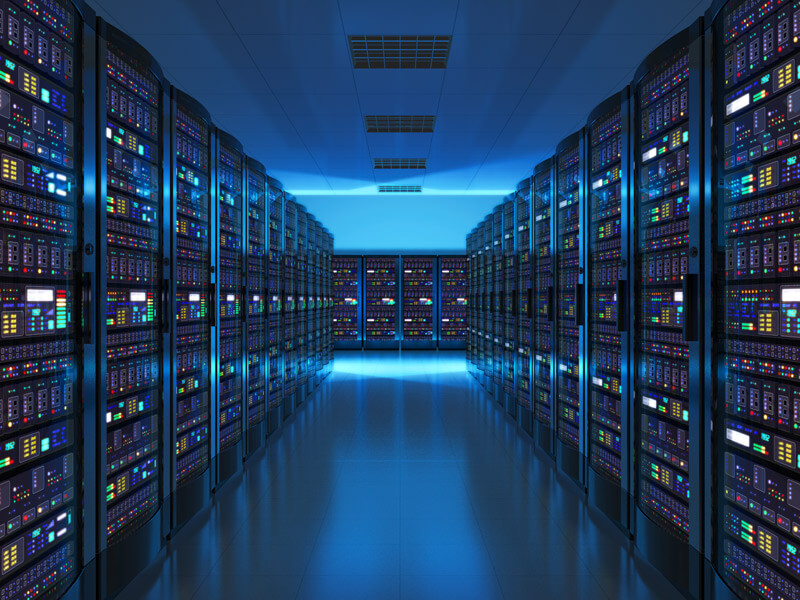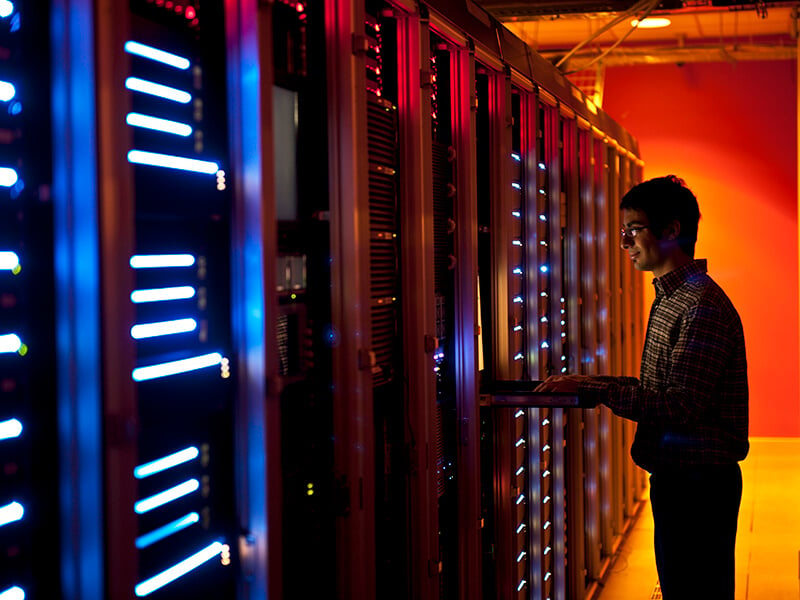It was established more than a century and a half ago that energy efficiency, while very important, doesn’t tell the whole story when it comes sustainability. That holds true for today’s 5G networks where, as new research shows, true sustainability will require a more holistic approach.
It might seem like it was only in the last 30 years or so that tough questions started being asked about the sustainable use of coal.
But more than 150 years ago, at the tail-end of the industrial revolution, English economist William Stanley Jevons raised concerns. "It is a confusion of ideas to suppose that the economical use of fuel is equivalent to diminished consumption. The very contrary is the truth.”
Jevons made the comments in his 1865 book, The Coal Question, about how innovations in the efficiency of steam engine technology could lead to greater, rather than less, use of coal overall. Ironically, given present-day concerns about the carbon intensity of coal, Jevons was more worried that the UK would run out of the fuel rather than about the environmental damage that it might cause.
But motivation aside, Jevons was onto something that would resonate through the centuries. There are lot of complexities — and some controversy — around his theory, but it can be roughly summarised as: the more efficient a process or system is, the more likely we are to use it, resulting in higher overall consumption. The theory became known as Jevons Paradox.
The Modern Jevons Paradox: 5G Energy Efficiency vs 5G Sustainability
Jumping ahead from the industrial revolution to the digital revolution, Jevons' ideas are still very relevant. The roll-out of 5G networks has been described as the most transformative change in digital communications in a single generation. The improvements 5G will enable in terms of latency and bandwidth have been discussed ad infinitum and don’t need to be reiterated.
But alongside the roll-out of 5G, and other digital innovations, we are also obviously witnessing an increased focus on sustainability and environmental impact. The US Environmental Protection Agency defines sustainability as: “To pursue sustainability is to create and maintain the conditions under which humans and nature can exist in productive harmony to support present and future generations.”
The good news is that 5G is widely recognised as being more energy efficient than 3G or 4G when it comes to the energy required to transmit data. According to new research from STL Partners, developed with Vertiv, 5G networks can be up to 90% more efficient per traffic unit than their 4G predecessors.
However, as Jevons rightly pointed out, efficiency is not the whole story. Despite energy efficiency improvements with 5G, it is likely that overall mobile energy use will increase, compared with previous Gs, as more 5G networks are deployed. 5G networks will be more efficient than 4G networks but they will also be more widely deployed, and significantly more data will flow through them. Estimates vary, but according to Vertiv’s own models, 5G is likely to increase total network energy consumption by 150-170 percent by 2026, with the largest increases in macro, node and network data center areas.
Energy efficiency is a critically but as described in the recently published STL report, Why Energy Management Is Critical to 5G Success, to really tackle the energy consumption and carbon emission challenge thrown up by 5G, everyone from operators to consumers need to think more holistically about energy use and sustainability.
In practise that really comes down to two key approaches:
- Make sure that 5G technology is deployed in the most efficient ways possible including the use of renewable energy (that includes the use of highly energy efficient networking but also associated power and cooling equipment)
- Ensure that the sustainability benefits that 5G can enable are widely adopted across society and businesses. For example, replacing more carbon-intensive analogue processes
Sustainable Approaches to 5G
Looking at the first part of the problem, STL and Vertiv identified several best practices that should help operators to control the energy and carbon intensity of deploying 5G networks. “Telecom operators making meaningful energy and cost reductions are doing so by evaluating the entire ecosystems around their network operations – people, objectives, infrastructure and partners,” says Scott Armul, vice president for global DC power and outside plant at Vertiv.
After all efforts have been made to make sure 5G is deployed using these efficient approaches, operators should then turn their attention to the second issue: Ensure that the sustainability benefits that 5G can enable are adopted across society and businesses.
The report identified several industries with the potential for significant sustainability and productivity improvement using 5G services.
For example, the manufacturing sector could achieve up to $730 billion worth of benefits by 2030 using 5G to enable advanced predictive maintenance and automation.
However, telcos face another challenge. Simply deploying their 5G networks in a sustainable way and hoping that customers will see operators as energy management experts is unlikely. According to the STL report, just 37% of those surveyed said they see operators as credible partners in reducing carbon emissions today, but 56% said they believed telcos could be credible partners in the future.
Telcos need to be able to demonstrate that they themselves are also using 5G to develop new sustainable digital processes within their own infrastructure. “To be credible, informed partners for their customers, operators must lead by example. Energy strategy is a great place to start,” says Phil Laidler, director at STL Partners.
It's been 150 years since William Jevons’ observations, but society is still struggling to come up with the right models for energy efficiency, sustainability and use of coal come to that. However, big changes take time. Hopefully, by the time 2170 comes around, while society may be even more dependent on the 50G networks we may have by then, true sustainability will hopefully have evolved from an aspiration to a fundamental requirement.
Additional details, including ways telcos can lead customers to use 5G in sustainable ways and strategies for improving efficiency across 5G networks, are available in the STL Partners 5G report, which can be downloaded at Vertiv.com.
For more information on the Vertiv portfolio of energy-efficient solutions to support 5G, visit Vertiv.com/5G-EMEA





